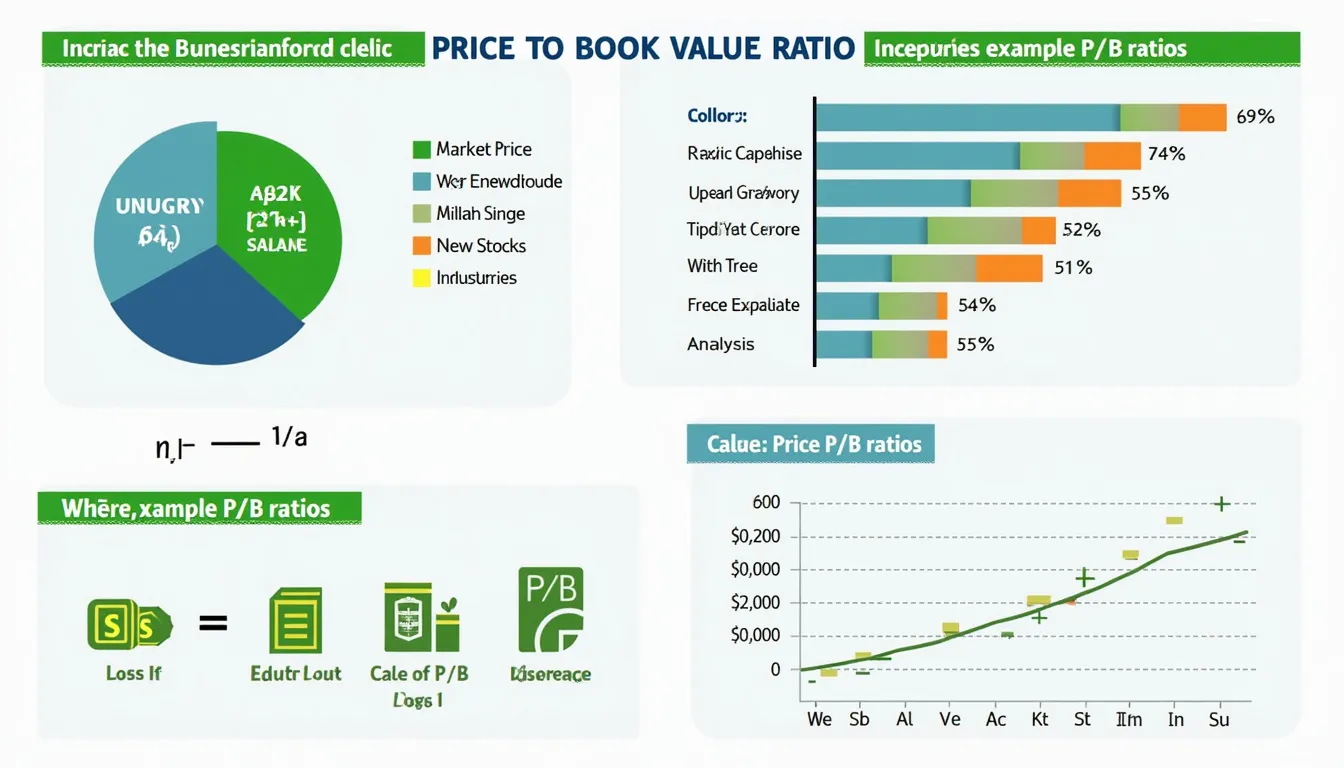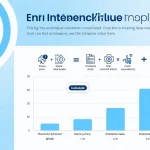Price to Book Value Ratio Calculator
Is this tool helpful?
How to use the tool
- Step 1 – Market Price per Share: Type the latest trading price. Example 1: $45.50. Example 2: $12.30.
- Step 2 – Book Value per Share: Type the company’s book value. Example 1: $30.25. Example 2: $8.00.
- Step 3 – Calculate: Hit “Calculate” to display the ratio instantly.
Formula
$$\text{P/B} = rac{\text{Market Price per Share}}{\text{Book Value per Share}}$$
Worked examples
- Example 1: $$P/B = rac{45.50}{30.25}=1.50$$
- Example 2: $$P/B = rac{12.30}{8.00}=1.54$$
Quick-Facts
- Average P/B for S&P 500 in 2023: 3.4 (S&P Global, 2023).
- P/B below 1 may signal asset undervaluation (Damodaran, 2022).
- Financial firms report book value quarterly under ASC 860 (FASB, 2021).
- Intangibles such as patents stay off book value unless acquired (IAS 38).
FAQ
What is the Price-to-Book ratio?
The Price-to-Book ratio compares a stock’s market price with the accounting value of its net assets (Investopedia, 2023).
How do you read a P/B under 1?
A figure under 1 suggests the market values the company below its net assets, hinting at a bargain or hidden risk (Damodaran, 2022).
Can book value be negative?
Yes. When liabilities exceed assets, book value turns negative, rendering P/B unusable (U.S. SEC Guide 7).
How often should you update the ratio?
Update after every quarterly filing or major price move to keep valuations current (CFRA Equity Research, 2023).
How differs P/B from P/E?
P/B tracks balance-sheet worth; P/E measures earnings power. Use both for fuller insight (Morningstar Classroom, 2022).
Does inflation distort P/B?
Yes. Historical-cost assets understate replacement value, pushing P/B higher during inflation (BLS Inflation Brief, 2022).
Are intangibles included in book value?
Only purchased intangibles are capitalised; internally developed brands stay off-balance-sheet (IAS 38, para 63).
What happens to P/B after a share buyback?
Buybacks reduce shares outstanding, usually raising market price and shrinking book value, so P/B climbs (Federal Reserve FEDS Note 2020-19).
Important Disclaimer
The calculations, results, and content provided by our tools are not guaranteed to be accurate, complete, or reliable. Users are responsible for verifying and interpreting the results. Our content and tools may contain errors, biases, or inconsistencies. Do not enter personal data, sensitive information, or personally identifiable information in our web forms or tools. Such data entry violates our terms of service and may result in unauthorized disclosure to third parties. We reserve the right to save inputs and outputs from our tools for the purposes of error debugging, bias identification, and performance improvement. External companies providing AI models used in our tools may also save and process data in accordance with their own policies. By using our tools, you consent to this data collection and processing. We reserve the right to limit the usage of our tools based on current usability factors.







